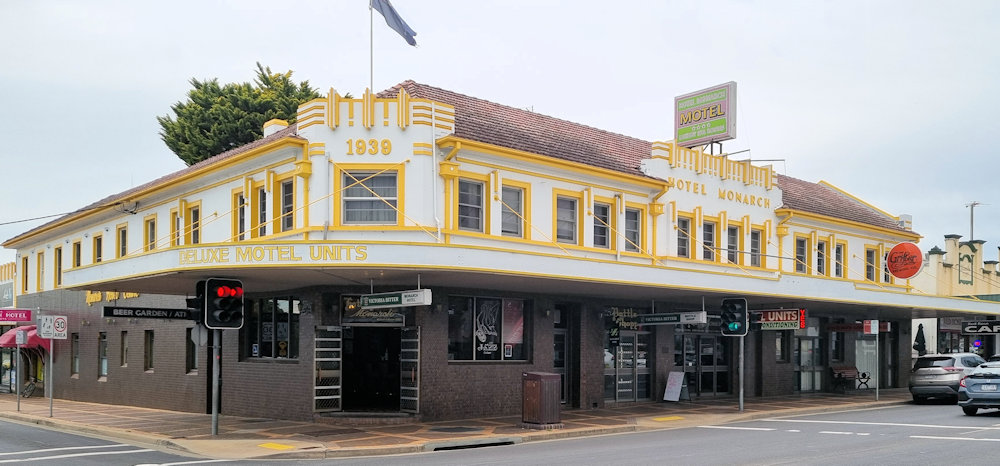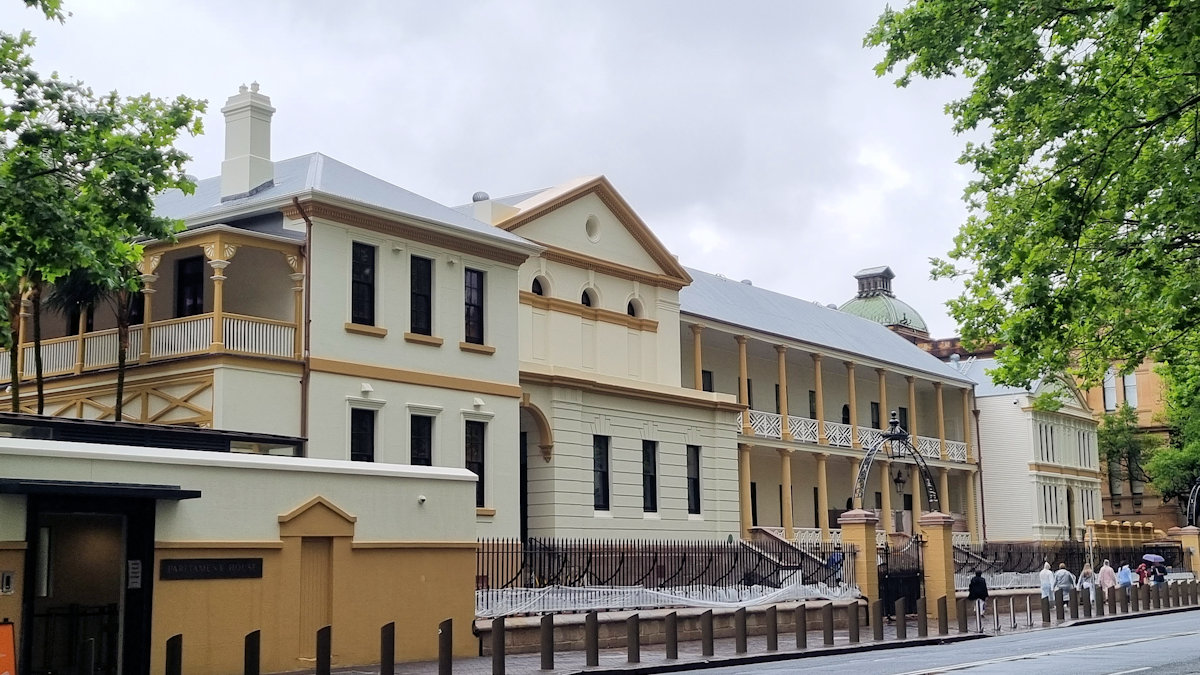Tag: sculptures
-
Moruya New South Wales Australia

Moruya New South Wales Australia Stopping in Moruya on the New South Wales south coast, we found some sculptures lining the main street. So, while stretching our legs and finding something to eat we decided to see how many we could find. Moruya was the location where the granite used to build the Sydney Harbour… Read more
-
Animal March Sculptures Maitland
Animal March Sculptures at Greenhills Maitland If you get tired of shopping, want a break or are waiting for someone, while at the Greenhills Shopping Centre in Maitland NSW Australia, the area outside the food hall is a great option. Not only are there places for the kids to play, and tables and chairs to… Read more
-
Parliament House New South Wales

Parliament House New South Wales Completed in 1816 Parliament House in Sydney houses the Government of the state of New South Wales Australia. Originally a hospital, the central section of the façade is a two story Georgian building. When built, no funds were available to Governor Macquarie so he arranged funding via the importation of… Read more